
B.C.’s Fire Safety Act to be revamped
A law that mandates fire safety in B.C. is getting a much needed update. The new Fire Safety Act will modernize the regulatory framework for fire safety in the province.

A law that mandates fire safety in B.C. is getting a much needed update. The new Fire Safety Act will modernize the regulatory framework for fire safety in the province.

Thousands of Australian fireighters will boycott the annual World Police and Fire Games in Montreal next year due to an ongoing dispute between the city and its firefighters over pension reform.
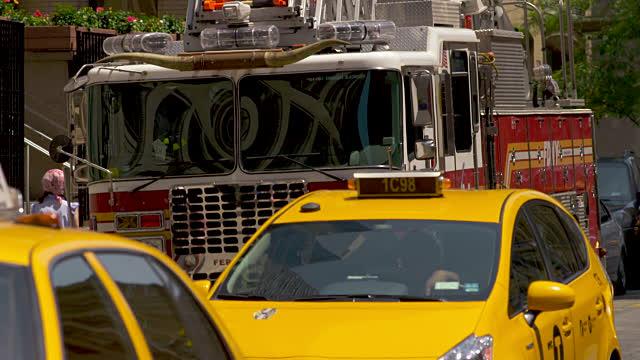
City streets are getting slimmer. Shouldn’t emergency vehicles do the same? Anyone who lives in a city has watched large, boxy fire trucks and fire engines struggle to squeeze through traffic. It’s no wonder firefighters call for wider roads. It’s a safer design, they argue. But is it really?
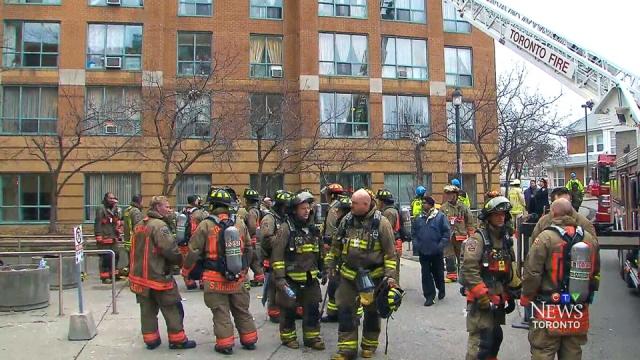
A fatal fire at a Toronto apartment building for low-income seniors has provoked renewed scrutiny of provincial laws regarding inspections and automatic sprinklers – the latter a safety measure that the city’s deputy fire chief says, “certainly would have made a difference” in the blaze.

It’s difficult to imagine the scale of the trauma, the wartime anxiety, the shock, the anger that would have engulfed the nation 100 years ago when the seat of the federal government went down in flames.
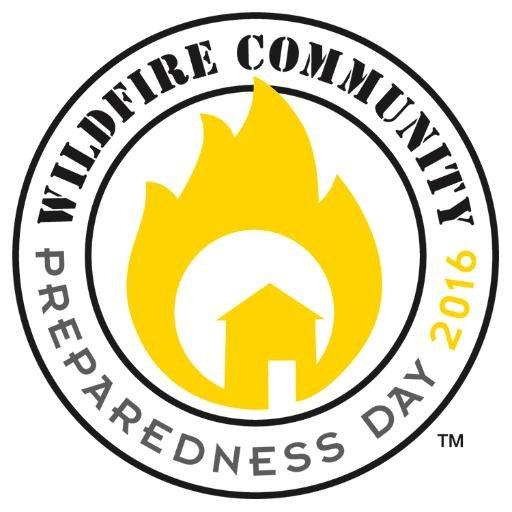
Building upon the success of the inaugural event in 2015, the second National Wildfire Community Preparedness Day in Canada will be held on May 7, 2016. Starting January 25, 2016 communities across Canada are encouraged to apply for funding to support local events to be held on May 7.
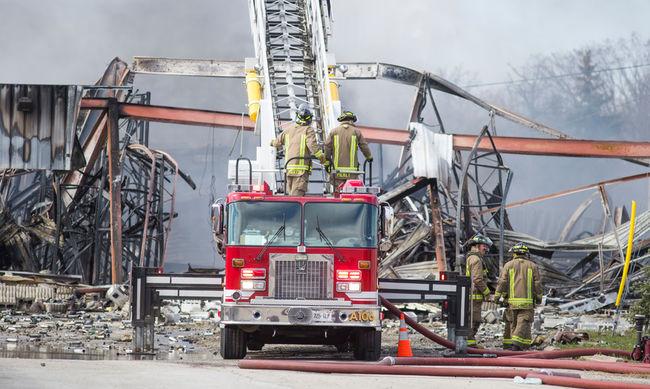
The tenants and owner of a Malton warehouse that blew up in April 2014, badly injuring three Mississauga firefighters, appear to be going to trial later this year to face Ontario Fire Code charges, fire officials say.
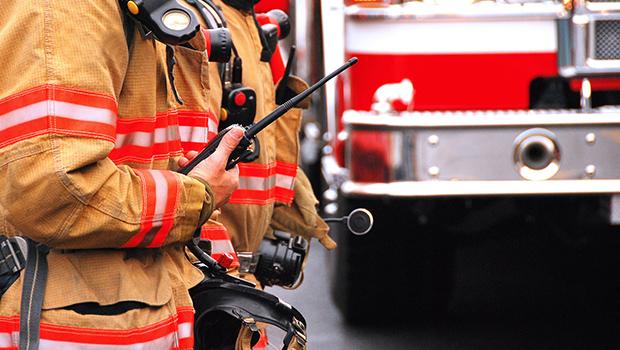
Manitoba has implemented changes to the provincial building and fire codes as a result of recommendations from the Fire Safety Task Force.
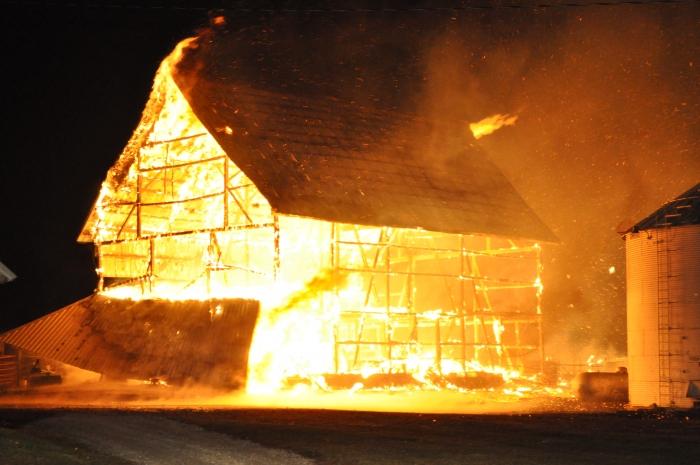
Three barn fires in ten days have Ontario fire officials renewing a call for changes to the farm building code. The current code is over 20 years old and hasn’t been updated since 1995.
Click here to read more.
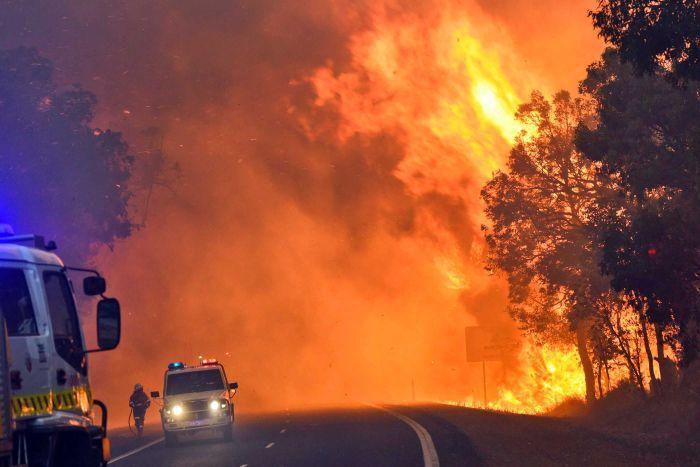
Western Australia authorities have strongly rejected criticism of their response to a massive bushfire that killed two people and almost razed the town of Yarloop.